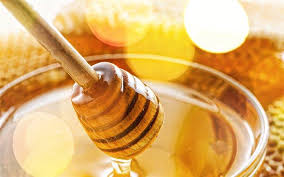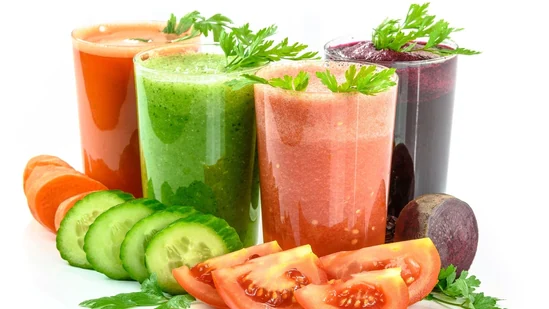The Big Squeeze: A behind-the-scenes look at reporting the decimation of Florida citrus
Florida once was the cornerstone of the most important meal of the day. How could breakfast be complete without a tall glass of orange juice? And more so, how could a tall glass of orange juice be complete without Florida oranges?
Today, however, Florida grows a mere fraction of the oranges it historically once did. TCPalm business reporter Jack Randall wanted to find out why. He spent months talking to experts, and analyzed more than a century's worth of citrus data.
Why was this an important local story to report?
I love orange juice (preferably without pulp), and ever since moving to the Treasure Coast, I've taken a liking to grapefruit, too.
The Treasure Coast is considered by many to grow the sweetest and juiciest grapefruit in the world.
But if you walk through Publix or any other grocery store, you'll more often than not find oranges and grapefruit from California or from another country. If Florida citrus is so great, why are Florida fruits so hard to come by?
How I reported this story
I spoke with citrus industry professionals and academic researchers. They pointed to the same devastating root cause — citrus greening. It's a highly infectious disease that diminishes crop yields and ultimately kills citrus plants.
I combed through some of the first newspaper clippings and academic literature that reported on the bourgeoning agricultural epidemic. It first cropped up 20 years ago in South Florida. The disease — which is carried by an invasive insect — spread county-to-county, then nationwide.
I analyzed decades of data from the Florida Department of Agriculture and Consumer Services. I plotted the number of oranges and grapefruit grown in Florida over the past century. You'll notice a dip for 2004-2005.
What surprised you about this story?
During my research, a newspaper clipping caught my eye. It was one of the first media reports that contextualized the epidemic, with a tone that tried to remain optimistic.
“The apocalypse has not occurred," the Indian River Press Journal reported. "But the disease that results in bitter, misshapen fruit is said to be present in every grove to some extent.”
But that article was from 2013. What about now, 20 years after citrus greening was first reported? How much citrus is grown in modern Florida? The answer is staggering — and a lot less than what I imagined.
What's next with this topic?
It's not all doom and gloom in the Sunshine State. Gene editing technology already has demonstrated promising results of fruit resisting citrus diseases.
Florida grapefruit may one day be cultivated using CRISPR gene-splicing technology at the DNA level.
Jack Randall is TCPalm’s economy and real estate reporter. You can reach him at [email protected] or 904-466-4755.
This article originally appeared on Treasure Coast Newspapers: The Big Squeeze: A behind-the-scenes look at Florida's citrus decline














